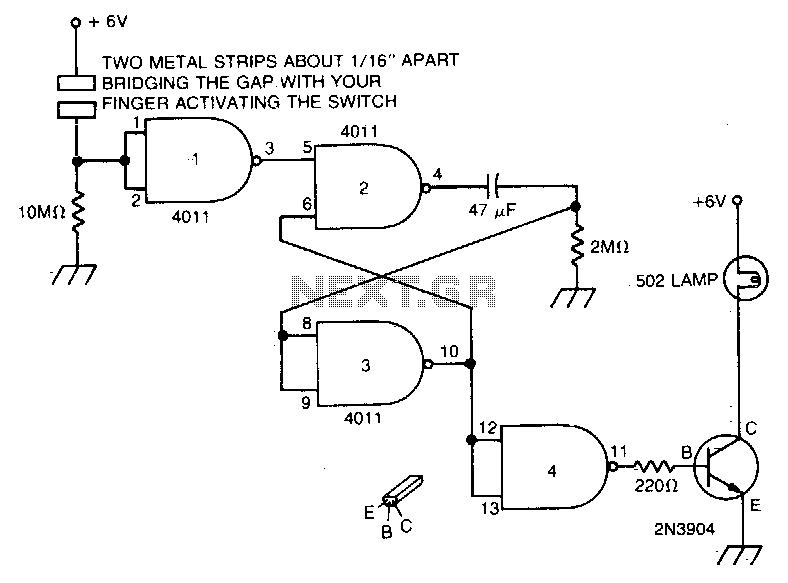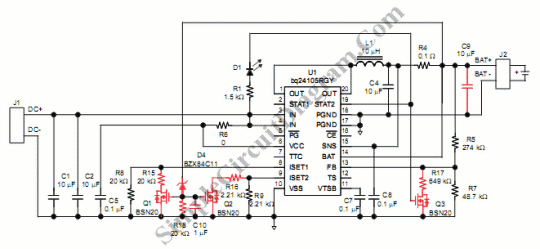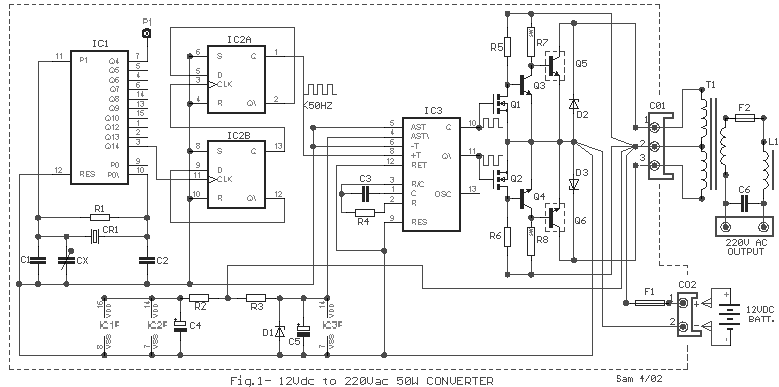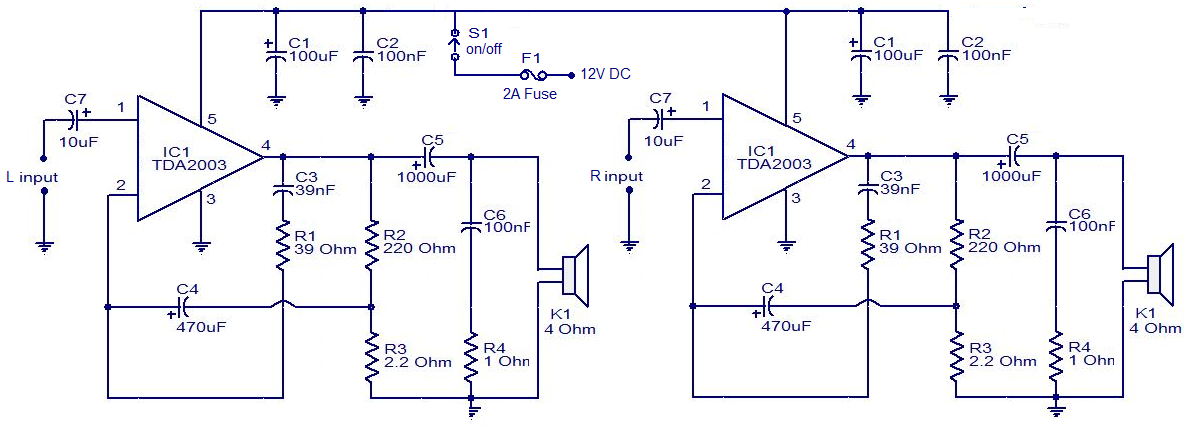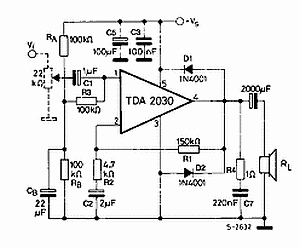
12V 60A car battery
Warning: Undefined array key "extension" in /var/www/html/nextgr/view-circuit.php on line 477
Deprecated: strtolower(): Passing null to parameter #1 ($string) of type string is deprecated in /var/www/html/nextgr/view-circuit.php on line 477
The battery should charge up to 14 volts. A reading of 10.7 volts indicates that one cell is shorted. A good way to diagnose this further is to look at the water level in the cells. The shorted cell will bubble more vigorously and lose water faster than the others when it is on the charger. As far as is known, there is no way to fix a shorted cell other than a rebuild, and rebuilding batteries may be considered outdated. The behavior of a sulfated battery is characterized by high internal resistance. Initially, the voltage will rise significantly, but as the plates become cleaner, the voltage will drop. Eventually, the internal resistance decreases to a point where the voltage begins to climb again. When the battery exceeds the 12-volt threshold, it can be charged with a higher current.
The charging process for a lead-acid battery involves several critical parameters that must be monitored to ensure optimal performance and longevity. The target voltage during the charging phase is typically set at 14 volts, which is essential for fully charging the cells. A voltage reading of 10.7 volts is indicative of a potential issue, specifically the presence of a shorted cell within the battery pack.
To diagnose the condition of individual cells, one effective method is to observe the electrolyte level within each cell. A shorted cell will exhibit more vigorous gassing, which can be visually identified by increased bubbling, and will deplete its electrolyte faster than the other cells when subjected to charging. This observation serves as a practical diagnostic tool.
In the context of sulfated batteries, the internal resistance is notably high, which can lead to initial voltage spikes during charging. As the charging process continues and the plates within the battery begin to clean, the voltage will initially drop. However, as the plates continue to improve in condition, the internal resistance will decrease, allowing the voltage to rise again. This behavior is crucial for understanding the charging dynamics of sulfated batteries.
Once the battery voltage surpasses the 12-volt threshold, it becomes feasible to apply a higher current for charging, which can expedite the recovery process. It is important to note that while rebuilding batteries is an option for addressing shorted cells, it is often viewed as an outdated practice. Therefore, careful monitoring and management of the charging cycle, along with regular maintenance of electrolyte levels, are essential for ensuring the health and efficiency of lead-acid batteries.The battery should charge up to 14 volts. A reading of 10. 7 volts indicates that one cell is shorted. A good way to diagnose this further is to look at the water level in the cells. The shorted cell will bubble more vigorously and lose water faster than the others when it is on the charger. As far as I know there is no way to fix a shorted cell ot her than a rebuild and I suppose rebuilding batteries is out of date. No, it depends on the DVM you are using. The normal behavior of a Sulfated battery is that it has a high internal resistance. So at first the voltage will go very high and then when the plates is getting cleaner the voltage will drop. At one point the internal resistance will be so low (due to cleaner plates) that the voltage will begin climbing again.
When the battery has crossed the 12 Volt threshold then you can charge the battery with more current. 🔗 External reference
The charging process for a lead-acid battery involves several critical parameters that must be monitored to ensure optimal performance and longevity. The target voltage during the charging phase is typically set at 14 volts, which is essential for fully charging the cells. A voltage reading of 10.7 volts is indicative of a potential issue, specifically the presence of a shorted cell within the battery pack.
To diagnose the condition of individual cells, one effective method is to observe the electrolyte level within each cell. A shorted cell will exhibit more vigorous gassing, which can be visually identified by increased bubbling, and will deplete its electrolyte faster than the other cells when subjected to charging. This observation serves as a practical diagnostic tool.
In the context of sulfated batteries, the internal resistance is notably high, which can lead to initial voltage spikes during charging. As the charging process continues and the plates within the battery begin to clean, the voltage will initially drop. However, as the plates continue to improve in condition, the internal resistance will decrease, allowing the voltage to rise again. This behavior is crucial for understanding the charging dynamics of sulfated batteries.
Once the battery voltage surpasses the 12-volt threshold, it becomes feasible to apply a higher current for charging, which can expedite the recovery process. It is important to note that while rebuilding batteries is an option for addressing shorted cells, it is often viewed as an outdated practice. Therefore, careful monitoring and management of the charging cycle, along with regular maintenance of electrolyte levels, are essential for ensuring the health and efficiency of lead-acid batteries.The battery should charge up to 14 volts. A reading of 10. 7 volts indicates that one cell is shorted. A good way to diagnose this further is to look at the water level in the cells. The shorted cell will bubble more vigorously and lose water faster than the others when it is on the charger. As far as I know there is no way to fix a shorted cell ot her than a rebuild and I suppose rebuilding batteries is out of date. No, it depends on the DVM you are using. The normal behavior of a Sulfated battery is that it has a high internal resistance. So at first the voltage will go very high and then when the plates is getting cleaner the voltage will drop. At one point the internal resistance will be so low (due to cleaner plates) that the voltage will begin climbing again.
When the battery has crossed the 12 Volt threshold then you can charge the battery with more current. 🔗 External reference
